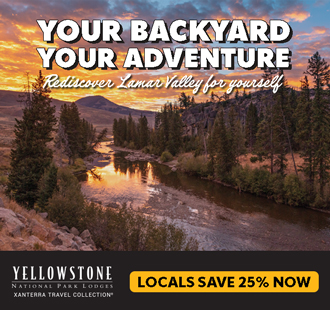By Scott Brown EBS CONTRIBUTOR
As if 2020 has not been challenging enough, many parents are now faced with the reality that their children are likely not returning to school as normal this fall. Around the country there are many different school reopening models. With the exception of a few private schools, kindergarten through graduate and beyond will likely not be normal. As daunting as this is for many families, imagine if you have a child heading into their senior year of high school and you haven’t properly planned to pay for or at least assist with your child’s college tuition. Yikes!
Let’s hope this isn’t you and therefore it is not too late to review and research the different avenues you and your children have to consider when it comes to covering the cost of college. As a point of reference, the average cost of tuition and fees for the 2019–2020 school year was $41,426 at private colleges, $11,260 for state residents at public colleges and $27,120 for out-of-state students at state schools, according to data reported to U.S. News in an annual survey.
Thankfully, there are many ways to cover the cost of a college education. I’d like to focus on two of the most common college savings solutions, 529 plans and Coverdell Education Savings Account (ESA’s). College savings plans are the most common type of 529 plan. They work much like a 401(K) by investing your contributions in mutual funds or professionally managed investments. The plan will offer you several investment options from which to choose. Your account will go up or down in value based on the performance of the particular options you or your advisor select.
Using an advisor means you get the benefit of advice and expertise of an investment professional, although be aware that this may mean you pay sales charges or incur other fees that are used to compensate the advisor. The contributions to 529 plans are made with after-tax dollars but depending on the state you live in as well as your gross household taxable income you may qualify for a state income tax deduction. Most importantly, the earnings on your investments will grow tax-free assuming the distributions from the plan are used for higher education related expenses.
Another type of 529 plan is the prepaid tuition plan. These plans let you prepay all or part of the costs of an in-state public college education. They may also be converted for use at private and out-of-state colleges. It is important to note that only a handful of states offer prepaid tuition plans. Similarly, there is also a private college 529 plan that is available to consumers nationally.
Thankfully, there is also a special exception for scholarship recipients who have 529 plans. This exception allows funds to be withdrawn without penalty up to the amount of the tax-free scholarship. Since the passing of the Secure Act, 529 plans can now be used to pay off up to $10,000 in student loans and qualified expenses related to apprenticeship programs, approved by the U.S. Department of Labor.
Fair or not, there are no restrictions on the income level of the contributors to a 529 plan and over 30 states offer a state tax benefit for contributions to a 529 plan. It is important that you research and compare plans before you simply use your state plan, assuming your state offers a 529 plan.
Moving on, Coverdell ESA accounts formally known as an education IRA, are a tax-deferred trust account created by the U.S. government to assist families in funding educational expenses. Like 529 plans, when the contributions are distributed, they are tax-free assuming they are less than the account holder’s annual adjusted qualified education expenses—including tuition, books, equipment, special needs services, and even academic tutoring.
In the event that the distributions are higher than the expenses, the gains are taxed at the account holder’s rate, rather than the contributor’s rate, which is typically higher. Compared to 529 plans, the owner or trustee has more flexibility with how the funds are invested and are not restricted to the funds offered.
While there is no annual limit on the amount that may be deposited into a 529 plan, the maximum contribution per year for any single beneficiary into an ESA is $2,000. Additionally, ESA account funds can be used for primary and secondary schools. These funds are also eligible for higher education as well. One potential hurdle to ESA’s is that they are only available to families that fall under a designated income level. Also, the contributions made to an ESA must be made in cash and are not deductible. Upon the beneficiary reaching age 30, any remaining funds in the ESA must be disbursed, unlike a 529 plan. Lastly, it is permissible to have a 529 plan as well as an ESA for the same beneficiary’s education expenses.
One of my No. 1 rules with clients is that you should never mortgage your retirement for your child’s education. You can’t borrow to pay for the costs of your retirement and long-term health care needs. Don’t make the mistake of stretching to pay for “Johnny’s” school and then end up becoming a financial burden on your children or someone else later in life.
My second rule is to make sure your child’s education will equate to employment and a career path so they can pay back their student loans. In these unprecedented times I hope you are spending time with your family, friends and loved ones and that you are enjoying the ride!
Scott L. Brown is the cofounder and managing principal of Shore to Summit Wealth Management. His wealth management career spans more than 25 years and he currently works and lives in Bozeman, MT with his wife and two sons.















